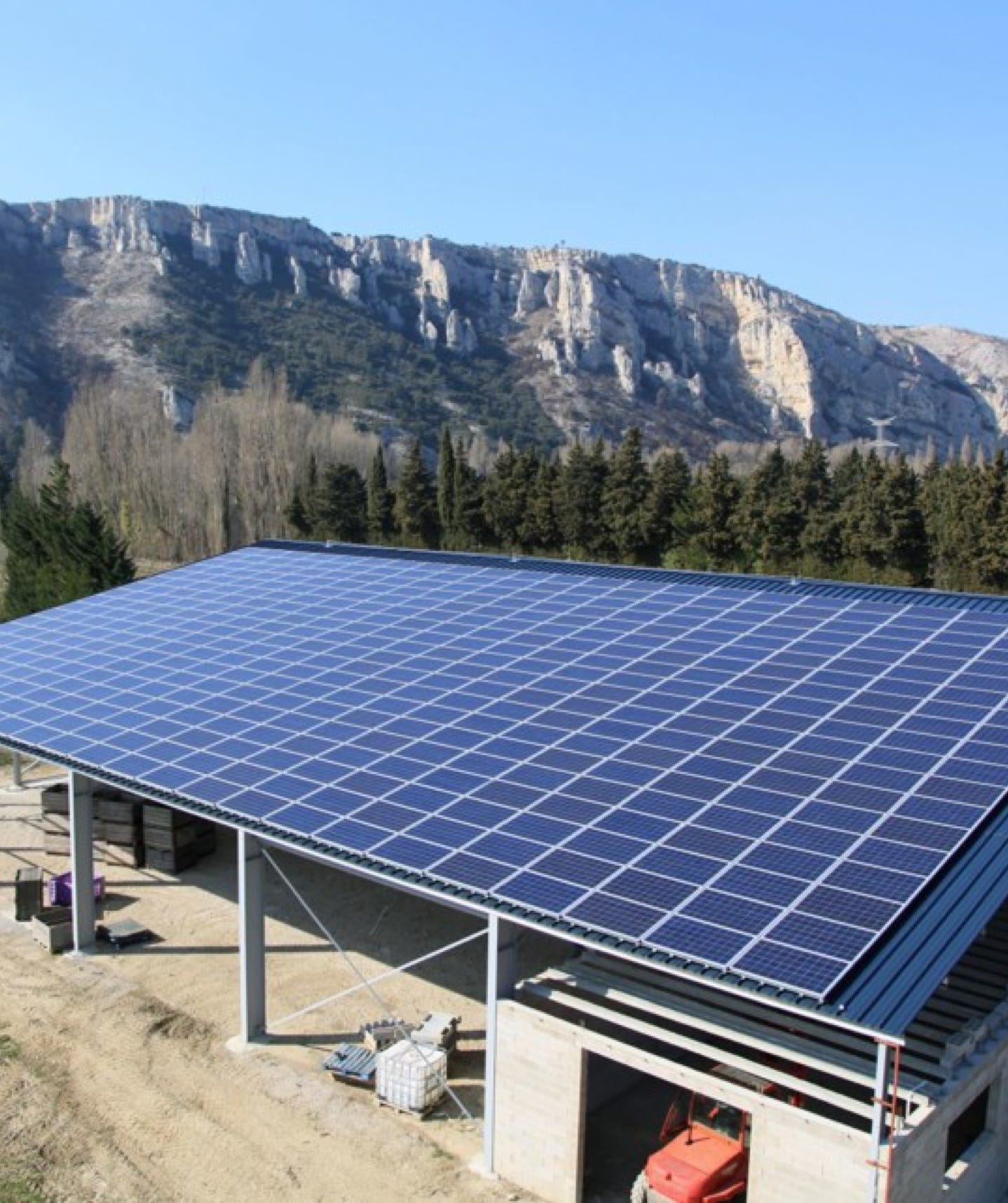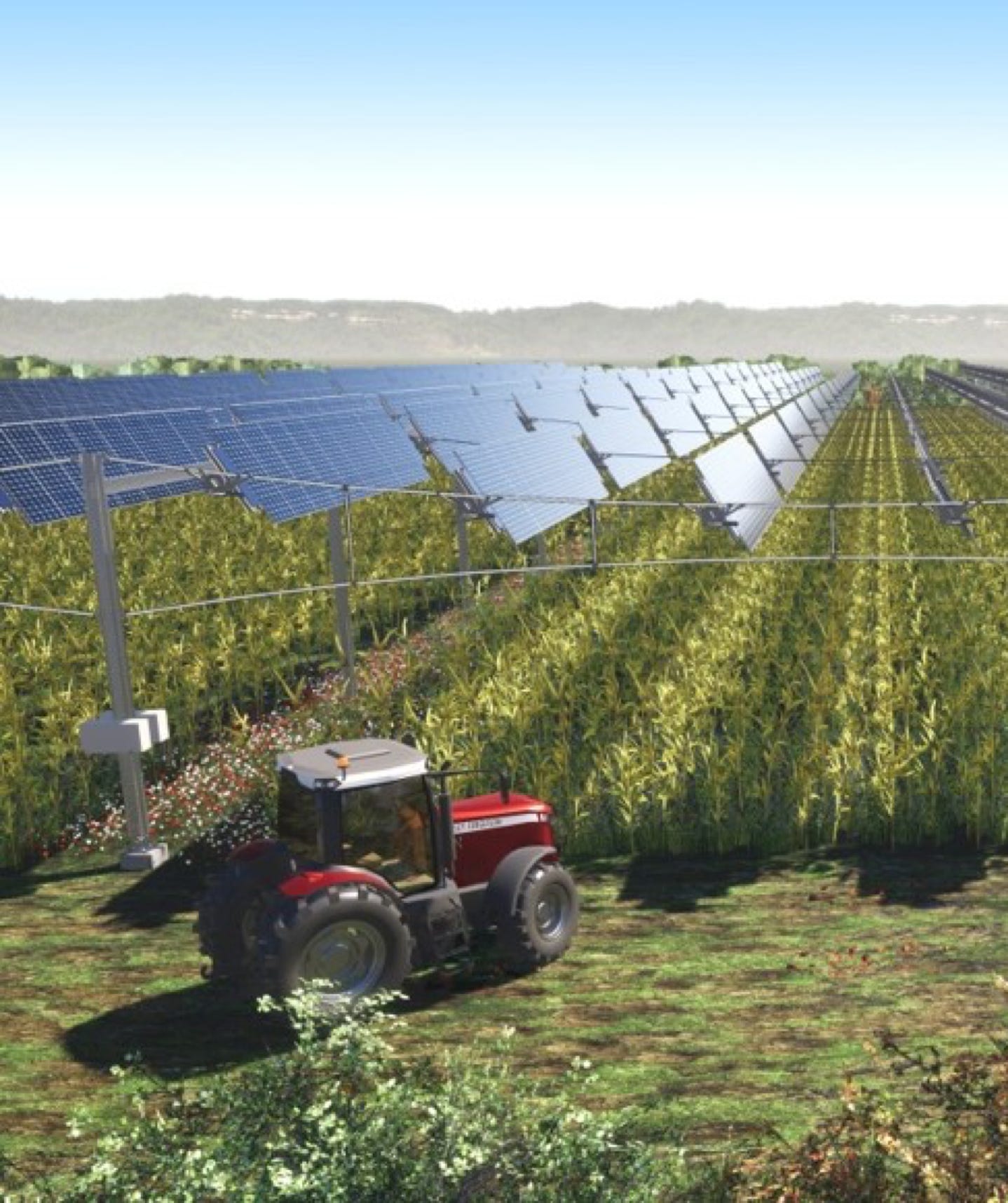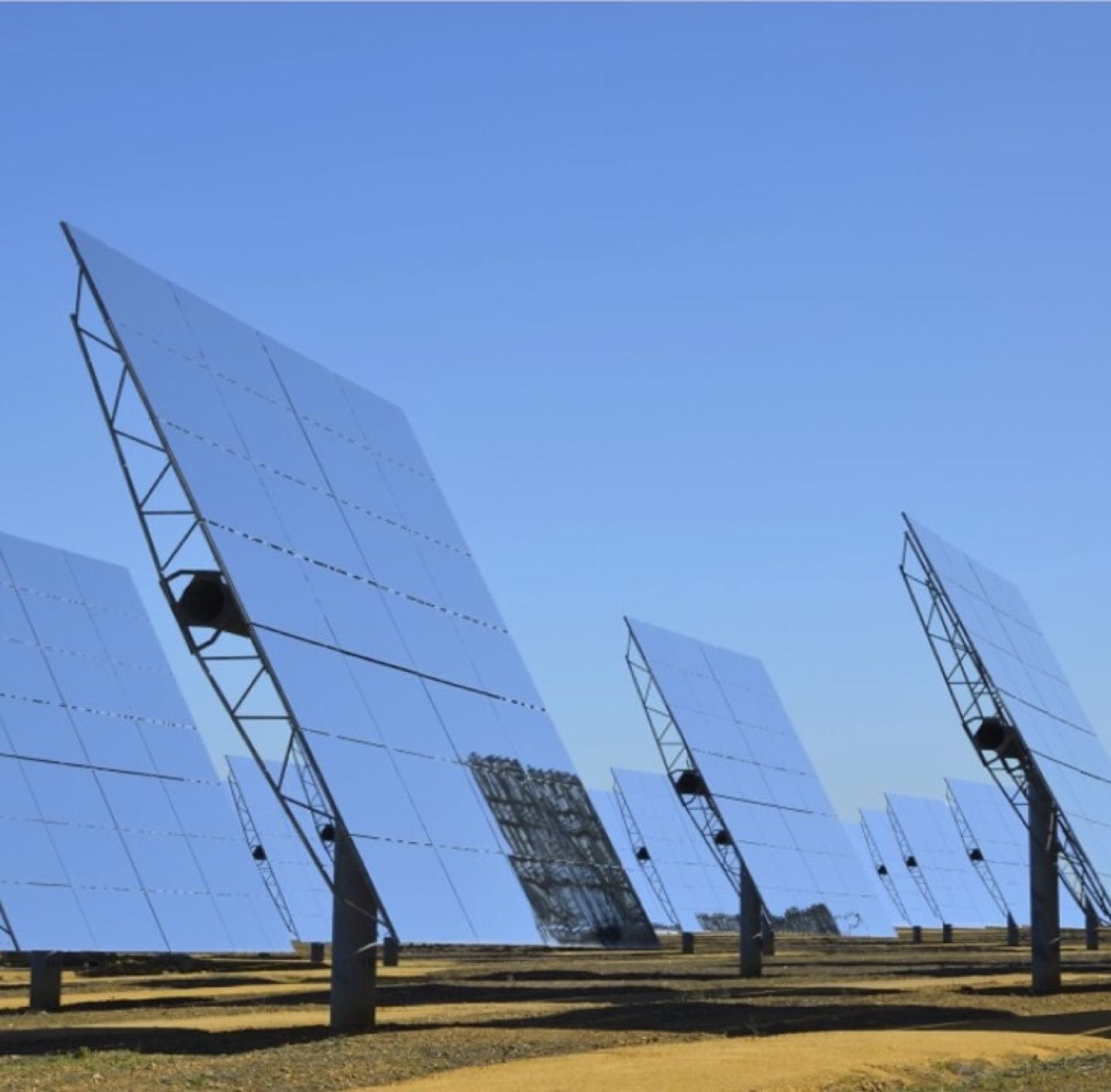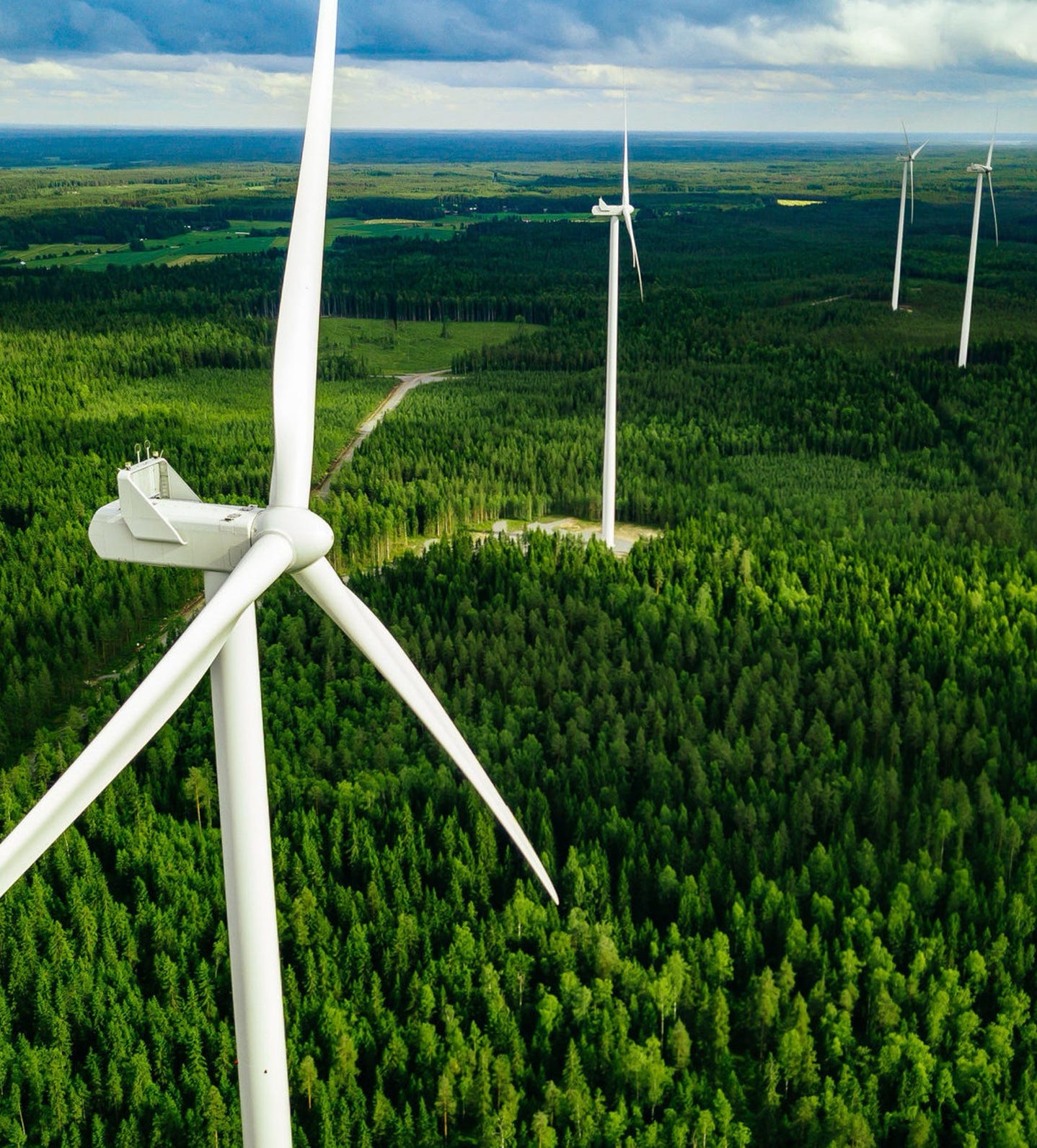Objectives: Energy autonomy and cost reduction and environmental footprint.
Solar energy (Agrivoltaism) remains the simplest and most cost-effective way to power a farm. However, there are other types of energy such as wind and hydraulics depending on the available resources.


Solar energy
Solar energy is a renewable source of energy that comes from the sun's radiation.
It can be captured in two main ways: via photovoltaic panels (to produce electricity) or thermal panels (to produce heat).
Photovoltaic panels transform sunlight into electric current thanks to semiconductor cells.
It is a clean energy, inexhaustible on a human scale and that does not generate CO䔖or emissions from its use.
It can be used on a small scale (detached houses) or on a large scale (solar farms).
Solar energy is particularly cost-effective in very sunny areas.
It reduces dependence on fossil fuels and contributes to the energy transition.
However, it is intermittent: production depends on sunshine and sometimes requires storage (batteries).
Installation costs have fallen sharply in recent years, making this energy more accessible.
It is a future solution to produce electricity in a sustainable and environmentally friendly way.
Agrivoltaism combines agricultural production and the production of solar electricity on the same surface.
It consists of installing photovoltaic panels above crops or pastures.
These installations can be fixed or mobile, and sometimes adjustable to follow the sun or modulate the shade.
The goal is to create a synergy: to protect crops from climate stress (heat, hail) while producing energy.
This makes it possible to optimize the use of land, especially in areas with high agricultural or energy pressure.
Agricultural yields can be maintained, or even improved depending on crops and conditions.
Breeders can also benefit from it, by installing panels above the meadows.
This system can help farmers diversify their income through the sale of electricity.
However, it requires a fine study to adapt the type of panels to the needs of the crops.
Agrivoltaism is an innovative solution to reconcile sustainable agriculture and energy transition.


Solar tracker
Solar trackers are motorized structures that orient photovoltaic panels by following the course of the sun.
They optimize the angle of exposure to light throughout the day, thus increasing electricity production by 20 to 40% compared to fixed panels.
In agriculture, they maximize production over a small area, which is valuable in mixed-use areas.
Some trackers are designed for agrivoltaism, by letting light through and modulating the shadow according to the needs of the crops.
They can also adapt to uneven or inclined terrain, making them useful in rural areas.
Their energy production can directly supply the needs of the farm: irrigation, pumping, cold storage, etc.
They offer better energy efficiency throughout the year, especially in winter or in low sunlight.
The investment is higher than for a fixed structure, but the production gain often compensates for this additional cost.
Some models can be controlled remotely, offering flexibility and automation to farmers.
Solar trackers represent a powerful technological solution to reconcile energy efficiency and agricultural use.
Wind energy uses the force of wind to produce electricity via wind turbines.
In agriculture, it can be used to supply rural farms with electricity, thus reducing their dependence on the grid.
It is particularly useful for isolated farms or in areas with little connection.
Wind turbines can power irrigation, water pumping, refrigeration or livestock buildings.
They offer a renewable, clean and locally available source of energy.
Small or medium power models exist, adapted to agricultural needs.
The initial investment may be high, but the long-term savings are significant.
Farmers can also develop part of their land by hosting wind turbines.
It is important to study the wind resource and local regulations before installation.
Wind energy is an effective lever to make farms more autonomous and sustainable.


Hydraulic energy uses the force of moving water (rivers, canals, waterfalls) to produce electricity or mechanical energy.
In agriculture, it can be used to power irrigation pumps, mills, or produce electricity for agricultural facilities.
Small hydroelectric power plants or "micro-hydro" are adapted to the needs of rural farms.
It is a renewable, constant and reliable energy, especially in regions where waterways are available all year round.
It allows energy autonomy while reducing costs and CO2 emissions
Hydraulic systems are durable and require little maintenance once installed.
They can be combined with water storage systems to optimize irrigation.
Simple installations, such as hydraulic wheels or ram pumps, exist for isolated areas.
The environmental impact must be assessed to preserve aquatic ecosystems.
Hydropower is a robust and sustainable solution to support agriculture in areas with good water potential.
Ce site web utilise les cookies. Veuillez consulter notre politique de confidentialité pour plus de détails.